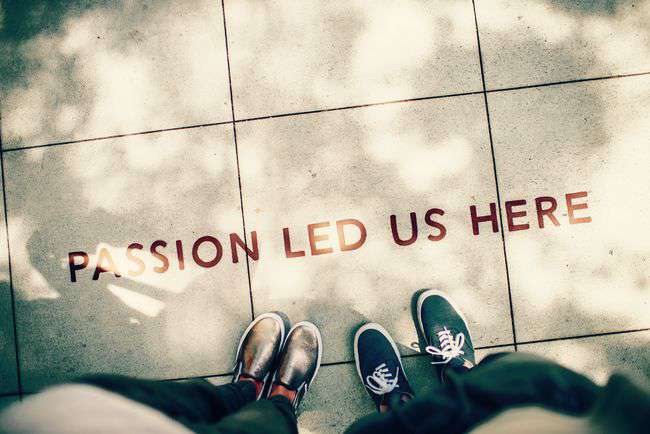The Power (and Passion) of the Senior Capstone Project

Photo by Ian Schneider
Overview
Last year I posted on the impact of connecting a school’s mission with the IB’s Extended Essay (see: Decade2020.com - The IB Diploma and a School’s Mission: How to Closely Join the Extended Essay to a School’s Priorities (While Building a Culture of Literacy). In it I argued that an extraordinary opportunity exists for IBD schools to provide students with options to choose topics that reflect a school’s mission, beliefs, and values, thus connecting the essay to a school’s pedagogical goals and ideological spirit.
Now I’d like to revisit that idea, but this time tying it to the Senior Capstone Project, a program that’s becoming increasingly popular in the U.S. and is beginning to pick up steam overseas. To my mind this project, when properly executed, connects to more than just a school’s vision. It also highlights the role...
 As an international school leader for the past 7 years, I’ve been at the center of frequent discussions concerning how to align mission and vision with real academics. To this end, many educators work closely with accreditation organizations to develop plans of action or strategic plans focused on school improvement.
As an international school leader for the past 7 years, I’ve been at the center of frequent discussions concerning how to align mission and vision with real academics. To this end, many educators work closely with accreditation organizations to develop plans of action or strategic plans focused on school improvement.  Action Oriented Research: Grounded Theory and Grounded Action
Action Oriented Research: Grounded Theory and Grounded Action Here’s a link to an article I penned that appeared in “World Futures: The Journal of Global Education” in 2008.
Here’s a link to an article I penned that appeared in “World Futures: The Journal of Global Education” in 2008.  Systems Thinking
Systems Thinking Concerning the Grounded Theory Method
Concerning the Grounded Theory Method In a world that is increasingly interconnected and where complex problems breed confusion, order is the fabric that binds social organizations. Without systems of order, conflict and chaos would rein and progress halted. But what is social order? How can social systems attain and maintain it? Why is it important to understand its functions? How does conflict impact the quality of social order?
In a world that is increasingly interconnected and where complex problems breed confusion, order is the fabric that binds social organizations. Without systems of order, conflict and chaos would rein and progress halted. But what is social order? How can social systems attain and maintain it? Why is it important to understand its functions? How does conflict impact the quality of social order?  Summary
Summary
